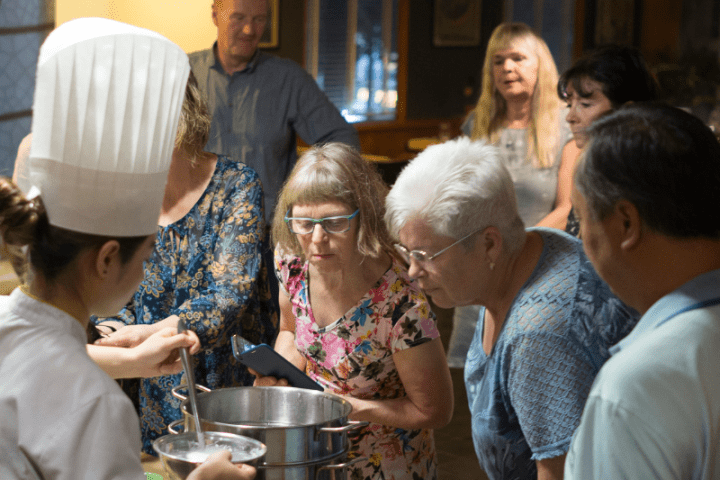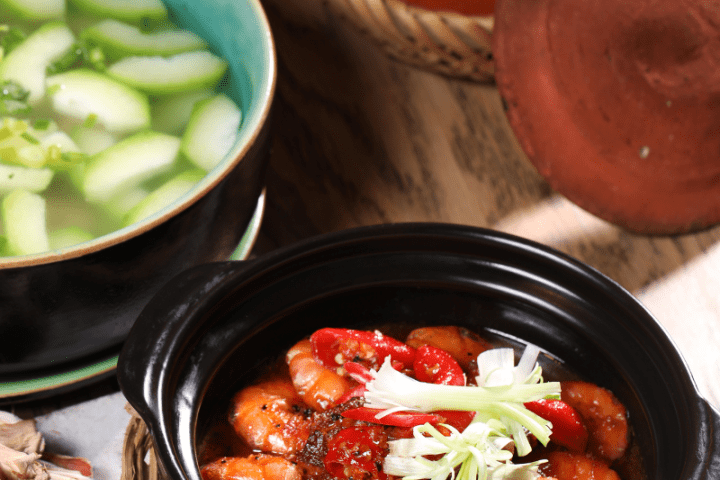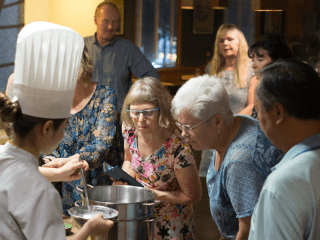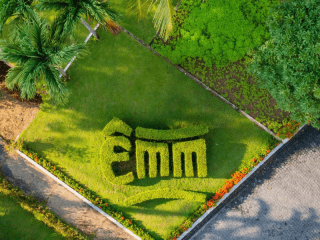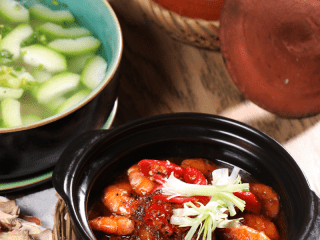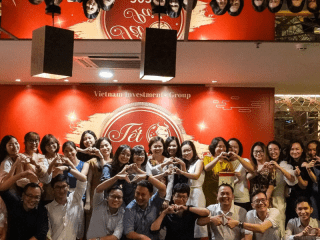Along with its collection of royal tombs, the Complex of Hue Monuments is the city’s pride and joy. Established as the capital of unified Viet Nam in 1802, Hue became the political, cultural and religious center of Vietnam under the Nguyen dynasty until 1945, when the capital moved to Hanoi under the Democratic Republic of Vietnam, and Saigon, under French Cochinchina.
While a few of the structures are in various states of decay, even they retain a certain charm with wisps of moss and uneven brickwork.
Most of the significant existing monuments, though, have been at least partially restored using traditional techniques and materials to the extent that the site was inscribed by UNESCO onto the World Heritage List in 1993.
While strolling through the complex is a fascinating experience in and of itself, you can up your photography game with some tips from our ÊMM photographer on how to best photograph buildings and architectural details.
1. Focus on symmetry

Most architectural structures follow the principle of symmetry, so it shouldn’t be hard to reinforce this concept to strength the composition of your shots.
Line up the center of the building in the middle of your viewfinder, leaving enough space on both sides to capture the edges of the building if you’re looking for an overview. Or crop in close to focus on the details.
That said, you’ll also find circles and spirals to break up all the lines, like in these door handles.
2. Use Tilt Shift

Obviously, buildings are much taller than humans. So to get a whole building in the frame, you’ll likely have to stand quite a distance away. Even then, because you’re shooting up to a certain degree, what might look like straight lines to the naked eye will end up slanted in the photo. The obvious solution is to move to higher ground, but unfortunately, at the Citadel, the buildings are relatively far apart with very few allowing for any type of elevation.
Here’s where technology can help in the form of the Tilt-Shift function, available in fancy post-processing software like Lightroom and Photoshop, but even in free apps like Instagram. Tilt-shift corrects perspective distortions, making uneven lines appear parallel.
The drawback is that you’ll lose some detail because you’re stretching pixels, but as long as you don’t go overboard, tilt-shift is a great quick fix to get the right perspective. Remember to allow some extra room on all sides of your image if you’re going to apply tilt-shift.
3. Create a sense of scale
With buildings, it’s sometimes hard to know how big something is. For instance, some say the rounded gates of the Citadel were built to accommodate elephants walking through. But without a point of reference (like a friend standing in the gateway), it’d be hard to judge how big it actually was.
So think of ways to show perspective. Here, a pair of feet show the scale of these vintage tiles.

4. Thay đổi góc nhìn của bạn
Tourist snaps are usually just throwaway pictures with little thought. Photographers know to search for a unique perspective to give the image a little something extra. Resist the urge to take a photo the first time you see something.
Take a few minutes to walk around it to see if there’s a different angle that might be more interesting. Get up close to some of the brightly colored buildings and see if you can shoot straight up. None of the Citadel buildings are very high, but you may get an interesting shot. Or get up close to objects, like these metal urns:

Photographing them up close and in a row gives the scene a different perspective than just photographing them head on.
You’ll also want to look down, as many of the buildings still have gorgeous original tiles.

Play around with perspective, getting right up close or far away. Look up, look down and soon you’ll have trained your eye to find that unique shot!
5. Capture patterns and details
With so many beautiful buildings at the Citadel, you’ll be tempted to take lots of wide, structural shots. However, the complex is full of wonderful little details and architectural elements that may be as interesting as the building itself!
Check out these beautiful mosaics made of ceramic pottery shards:

The human eye finds patterns to be soothing, so look for recurring patterns as you walk through the grounds!

6. Framing
We put printed photos in frames, so why not try to capture frames within the image?
Sometimes, the frames are natural, like in a branch of a tree.

See if you can move around to find a natural frame to break up the sky and fill in the corners of your picture.
The Citadel is also filled with man-made framing devices like doors and windows.

Framing can draw attention to the subject of your photo or add an element of storytelling.

These half-open doors create a sense of mystery. What lies inside, or behind the doors where we can’t see? Another tip is to manipulate the elements in your photo. In this case, I manually closed the doors halfway to get the look I wanted.
Bonus tip: Shoot during different times of day.
You’ll be amazed at how different buildings can look at different parts of the day. Dawn and dusk, also known as the Golden Hour, make for gorgeous skies and warm colors. Come again at noon, and the bright sunlight might reveal details in textures.
As the sun goes down, you can play around with silhouettes by putting buildings between you and the sun. And now that the Citadel is open at night, those same buildings will look different illuminated or in shadows.
Enjoy your time at the amazing complex of Hue monuments and hopefully you can put into practice some of these tips to get some beautiful shots!



